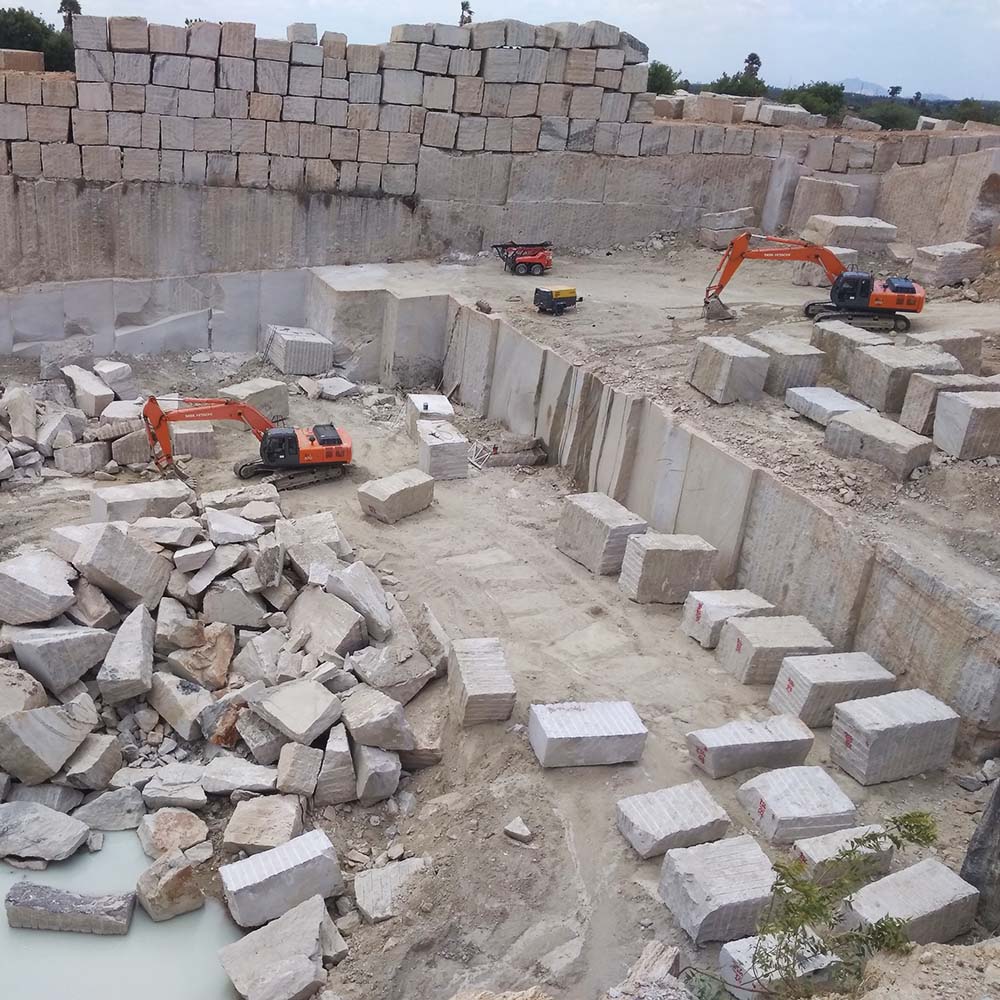Diving into of Granite Quarries in South Africa
Diving into of Granite Quarries in South Africa
Blog Article
Unveiling the Mysteries of Granite Quarrying: Where Stamina and Style Meet
The globe of granite quarrying is a realm where the raw strength of nature converges with human artistry to develop structures that stand the test of time with an air of beauty. From the midsts of quarries to the meticulous polishing in workshops, the procedure of changing granite right into architectural wonders is a complicated dance of practice and technology. As we peer right into the midsts of this old craft, we start to uncover the covert details that shape the very essence of our built environment.
The Origins of Granite Quarrying
In the annals of architectural history, the origins of granite quarrying are shrouded in a tapestry of ancient craftsmanship and geological wonders. Dating back to old Egypt and Mesopotamia, the extraction of granite from quarries marked the beginning of a journey that would eventually lead to the creation of some of the world's most iconic frameworks.
Granite quarrying's origins can be traced to the knowledgeable craftsmens that acknowledged the stone's sturdiness and aesthetic appeal. Through a combination of primitive devices and large decision, these early quarry workers uncovered granite blocks that would certainly end up being the foundation of worlds.
As civilizations evolved, so did the strategies of quarrying granite. The Romans, renowned for their design expertise, developed advanced methods for extracting granite to construct monoliths, temples, and roads that stood the examination of time.
The tradition of these ancient quarrying techniques remains to shape modern-day design, with granite remaining an icon of stamina and elegance in construction tasks around the globe. (granite quarries in south africa)
Devices of the Quarrying Trade
The evolution of granite quarrying strategies from ancient human beings to contemporary times highlights the crucial function played by the tools of the quarrying profession in shaping the sector's methods. In old times, quarrying tools were rudimentary, usually containing knives, hammers, and wedges made from materials like bronze or iron. These devices called for considerable manpower and time to essence granite blocks from quarries.

Additionally, the introduction of pneumatic devices and high-powered equipment has actually substantially minimized the physical labor called for in quarrying procedures, boosting employee security and efficiency. As the quarrying industry remains to introduce, the devices of the trade remain at click to find out more the center of driving progression and shaping the future of granite extraction.
Removing Blocks of Granite
Using precision machinery and advanced methods, the removal of granite obstructs from quarries has ended up being a sophisticated procedure in the modern quarrying sector. Controlled blowing up techniques are after that employed to break apart the granite right into workable areas.

Sprucing Up and Finishing Methods
To achieve a perfect surface area on granite blocks, proficient artisans utilize a series of thorough polishing and finishing methods. After the initial removal and shaping procedures, the granite blocks go through an extensive sprucing up stage to improve their all-natural charm and resilience. One usual method made use of in polishing granite is diamond abrasion, where commercial diamonds are made use of to grind and polish the stone to a smooth coating. This process not only develops a lustrous surface area but likewise makes certain uniformity in shade and structure throughout the granite block.
In addition to polishing, finishing strategies are used to additional refine the granite's appearance. These strategies might consist of flaming, sharpening, or cleaning, each offering unique structures and coatings to suit different visual choices. Flaming, for circumstances, entails exposing the granite surface area to high temperatures to produce a harsh, distinctive surface, perfect for outdoor applications where slip-resistance is crucial. Sharpening, on the other hand, supplies a matte try these out finish that is smooth to the touch, ideal for interior counter tops and flooring. By meticulously picking and applying these polishing and completing methods, artisans can transform raw granite blocks right into exquisite pieces that display both toughness and sophistication.

Environmental Effect and Sustainability
With the growing emphasis on ecological consciousness in the market, granite quarrying techniques are increasingly inspected for their influence on natural deposits and long-lasting sustainability. Quarrying for granite can have significant environmental ramifications. The removal process typically entails using heavy equipment, nitroglycerins, and large amounts of water, causing environment destruction, soil erosion, and water contamination. Additionally, the transportation of granite from quarries to refining centers creates carbon emissions, even more adding to ecological destruction. granite quarries in south africa.
To alleviate these influences and make certain sustainability in granite quarrying, sector stakeholders are taking on numerous actions. Applying innovative modern technologies to decrease energy intake and water usage, reclaiming quarried land for eco-friendly restoration, and promoting liable sourcing practices are some techniques being utilized. Additionally, certifications such as the Forest Stewardship Council (FSC) and the Management in Power and Environmental Layout (LEED) assistance customers determine eco-friendly granite products.
Conclusion
To conclude, granite quarrying is a procedure that calls for specialized tools and methods to essence blocks of granite and brighten them to a high level of coating. While the environmental influence of quarrying can be considerable, initiatives are being made to enhance sustainability techniques in the market. On the whole, granite quarrying is a delicate equilibrium between using the stamina and beauty of this all-natural stone while decreasing its effect on the setting.
Report this page